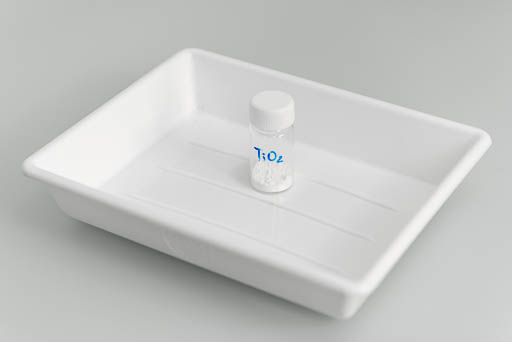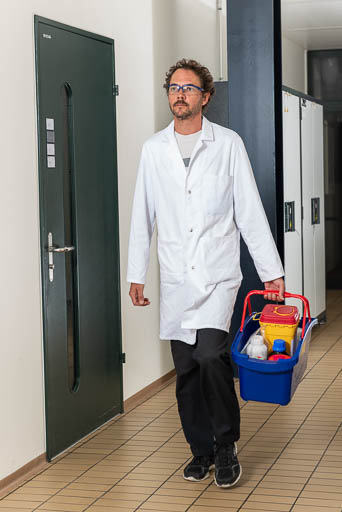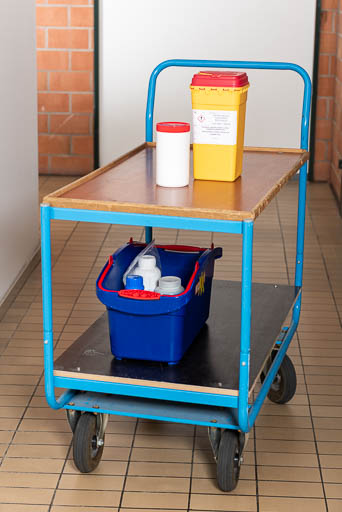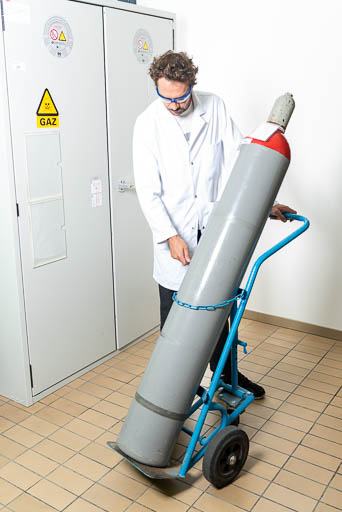Dangerous goods are substances or objects with one or more hazardous properties that may pose a risk to human health and safety, to the environment, or cause material damage.
Please note that only the classes of goods listed below may be carried:
- Class 3: Flammable liquids
- Class 4: Flammable solids, self-reactive substances, substances liable to spontaneous combustion, substances which, in contact with water, emit flammable gases
- Class 5: Oxidizing substances and organic peroxides
- Class 6: Toxic and infectious substances
- Class 8: Corrosive substances
- Class 9: Miscellaneous hazardous materials and objects.
Classes 1 (explosive substances and articles), 2 (gases) and 7 (radioactive substances) are not authorized for transport.
All shipments of dangerous goods by road, rail or air must be declared.
- Please note that the transport of dangerous goods on public transport, including passenger trains, is strictly forbidden.
- If you need to transport dangerous goods by road, please read the instructions below and contact the OHS in case of questions.
- If you need to transport dangerous goods by air, please contact the SV Faculty Store by email at DGR.shipment@epfl.ch. Please also consult the Shipping of Laboratory Products page.
- For shipments from a campus other than Ecublens, please contact the safety service of the campus in question.
- For the on-foot transport of dangerous goods between laboratories and buildings on the EPFL Ecublens campus, please follow the instructions below.
Shipment by road
Please ensure that packaging is appropriate and compliant with applicable regulations. The use of approved shipping companies is strongly recommended.
A completed, dated and signed Transfer of Responsibility Form is mandatory. This document must include:
- Product name and description
- Format and volume/weight
- Specific handling requirements or special conditions
Transport by foot
- Only stable substances (that do not release gas or heat at ambient conditions) may be transported.
- Transport must be carefully organized to minimize the risk of accidental shocks, falls, or spills.
- Hazardous chemicals must be separated based on incompatibility.
- Appropriate personal protective equipment must be worn during all transport activities, including long trousers, closed-toe shoes, and safety glasses.
- Transport hazardous material in their original packaging whenever possible.
- Plan your route based on the transport method. Ensure the total weight (load + transport equipment) does not exceed the maximum floor load capacity.
| Type and amount | Transport | Example |
| <100 mg | Box, retention tray |  |
| >100 mg | Bucket, basket |  |
| >5 kg | Cart or trolley |  |
| Flammable liquid >30 L | Not allowed in lift | |
| Cryogenic liquid |
Appropriate containers and transport carts must be used. Cryogenic liquids must travel alone in the elevator. Post a warning sign to prohibit passenger entry during transport. |
 |
| Gas cylinders | Please refer to the Compressed gas hazards page. |  |
| Bio-hazards | BSL 2 samples must have leak-proof primary and secondary containers. Biohazard pictogram must be displayed on the secondary container. The secondary container must withstand a 1.2 m drop test. |  |